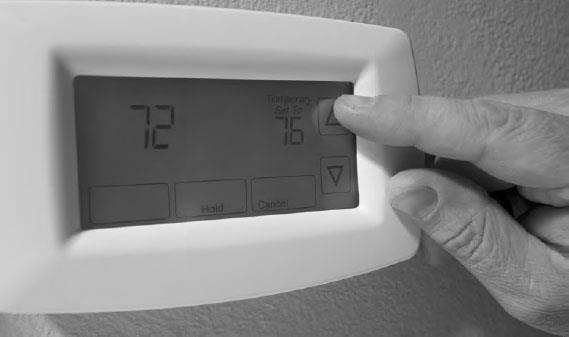As was described in the chapter on energy, when an object is hot it transfers energy to colder objects. If it is in contact with the other object the transfer is by means of conduction. But all objects at temperatures above absolute zero radiate electromagnetic waves in the infrared part of the spectrum (see the chapter on waves for a description of the spectrum). A hotter object radiates more energy this way, and so there will be a net transfer of energy from the hot object to cold objects around it. An electronic sensor can detect the infrared radiation and convert the amount and wavelength of radiation it receives to a temperature. The sensors can be built into cameras that create a picture that shows the temperature of every location in the picture. Such a picture is known as a thermograph.

An electronic thermometer within the thermostat in your home or office triggers a switch that turns your furnace on or off, according to the temperature.

